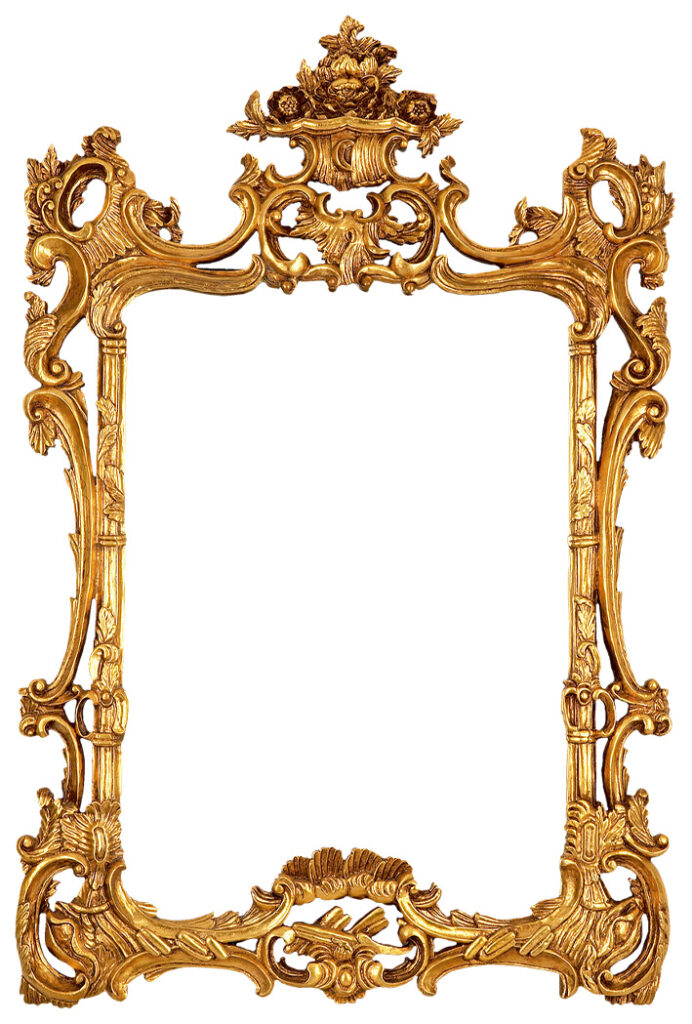The art of carving wood frames dates back centuries, as early as the 15th century. Antique frames were used to adorn and protect precious artwork, mirrors, and even maps. They were highly valued for their intricate designs and craftsmanship. Making them a sought-after item among collectors and art enthusiasts.

History of Antique Carved Wood Frames
The history of antique carved wood frames can be traced back to the Renaissance period in Europe. It was during this time that artists and craftsmen began to use wood as a medium for creating frames for paintings and other ornamental objects. These frames were often made from oak, walnut, or other hardwoods and were meticulously hand-carved with elaborate patterns and motifs.
During the following centuries, the popularity of carved wood frames continued to rise, with different styles and techniques emerging in different regions. In the 17th and 18th centuries, the Baroque and Rococo styles dominated the frame-making industry, with elaborate designs and extravagant ornamentation. In the 19th century, the Neoclassical style took over, characterized by simpler and cleaner lines inspired by ancient Greek and Roman architecture.

In the 20th century, there was a revival of interest in antique carved wood frames, as the Arts and Crafts movement embraced the use of traditional techniques and materials. This led to a renewed appreciation for the craftsmanship and beauty of these frames, further increasing their value and demand.
Valuing Antique Carved Wood Frames
Valuing antique carved wood frames is a complex process that takes into consideration various factors such as the age, style, condition, and rarity of the frame. Here are some key points appraisers keep in mind when assessing the value of a carved wood frame:
- Age:
The age of the frame is one of the most crucial factors in determining its value. The older the frame, the more likely it is to have historical or artistic significance, making it more valuable. - Style:
Different styles of carved wood frames were popular during different time periods, with varying degrees of complexity and ornamentation. The style of the frame can greatly impact its value, with more intricate and elaborate frames being highly sought after. - Condition:
The condition of the frame is also a significant factor in determining its value. A well-preserved frame with minimal damage and wear will likely have a higher value than one with noticeable flaws or damage. - Rarity:
Rare frames, either due to their age, style, or maker.

This article focuses on antique carved wood frames but antique plaster bolus frames were also significant and will be discussed in a separate publication.
Authored by:
Kelly Knoll, ISA CAPP
President/CEO – Heritage Appraisals LLC. Learn more about Kelly and her background as an appraiser.